How sweet! Elizabeth Casner and her son are keeping a tradition alive. That tradition is making honey and protecting honey bees. Casner spoke to students at Patrick M. Villano School about her family’s legacy.
“Our honey comes from our bees. It is not advertised, but many honey companies in the industry will often mix and heat their honey with honey from other sources to either meet demand or improve their product,” according to her family’s website.
Casner talked about her father, Gordon Casner, known as “Uncle Gordon”. Casner wants to continue her father’s mission by making fresh honey in their North Bergen, New Jersey, backyard. She calls it a sanctuary.
“I learned that queen bees are more important than you think in the bee world because when the queen bee dies, they need a new one, because it’s important to the other bees,” Riley Torres, a fifth-grader said. “The queen bee has the babies all day, and the normal bees [working bees and drone bees] bring her food.”
At the school assembly, Casner showed a video that explained how to make the honey from honeycomb. It also showed how to use smoke to make the bees calm. Beekeepers have a hard job. Norah Smith, a fifth-grader, got to wear protective bee clothing.
“They wear a white top with a hat to keep the bees out of your face,” Smith said. “It was really hot, so it’s probably a pain to wear on a hot, summer day.”
Casner said her son doesn’t need to always wear protective gear – expect for gloves – because the bees are used to him.
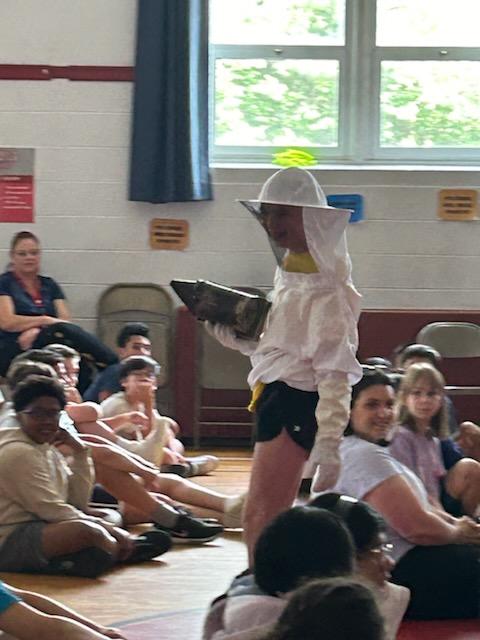
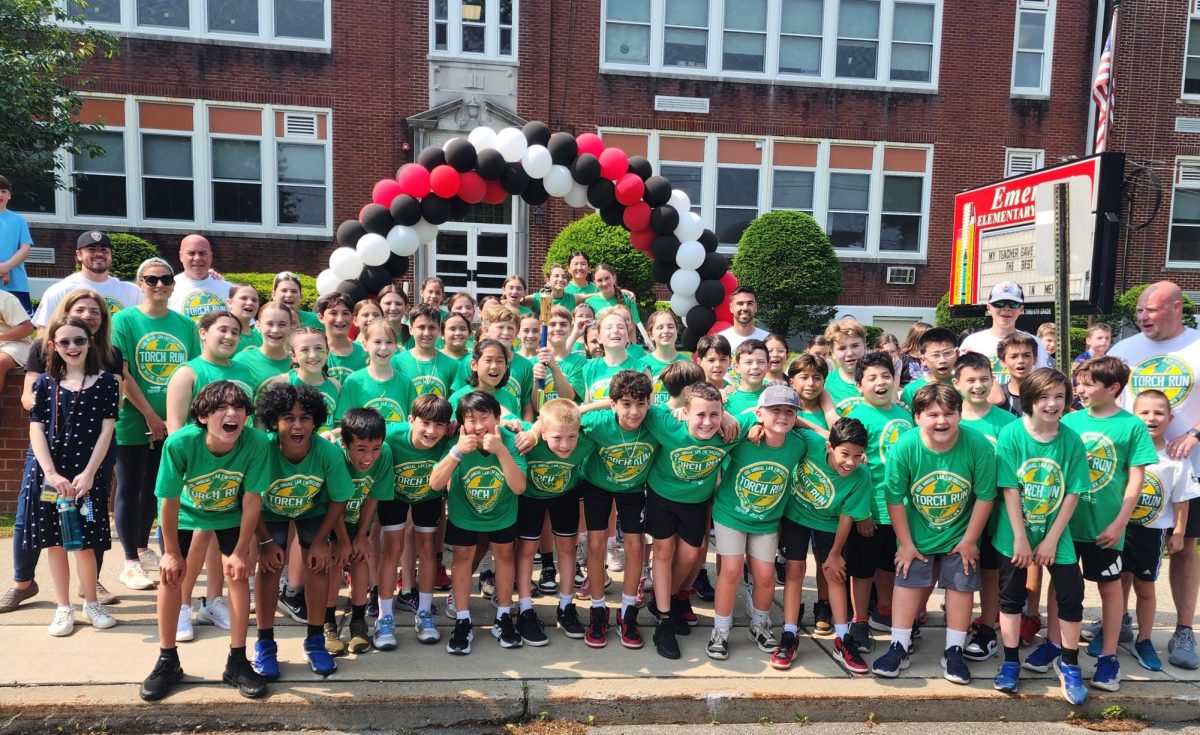

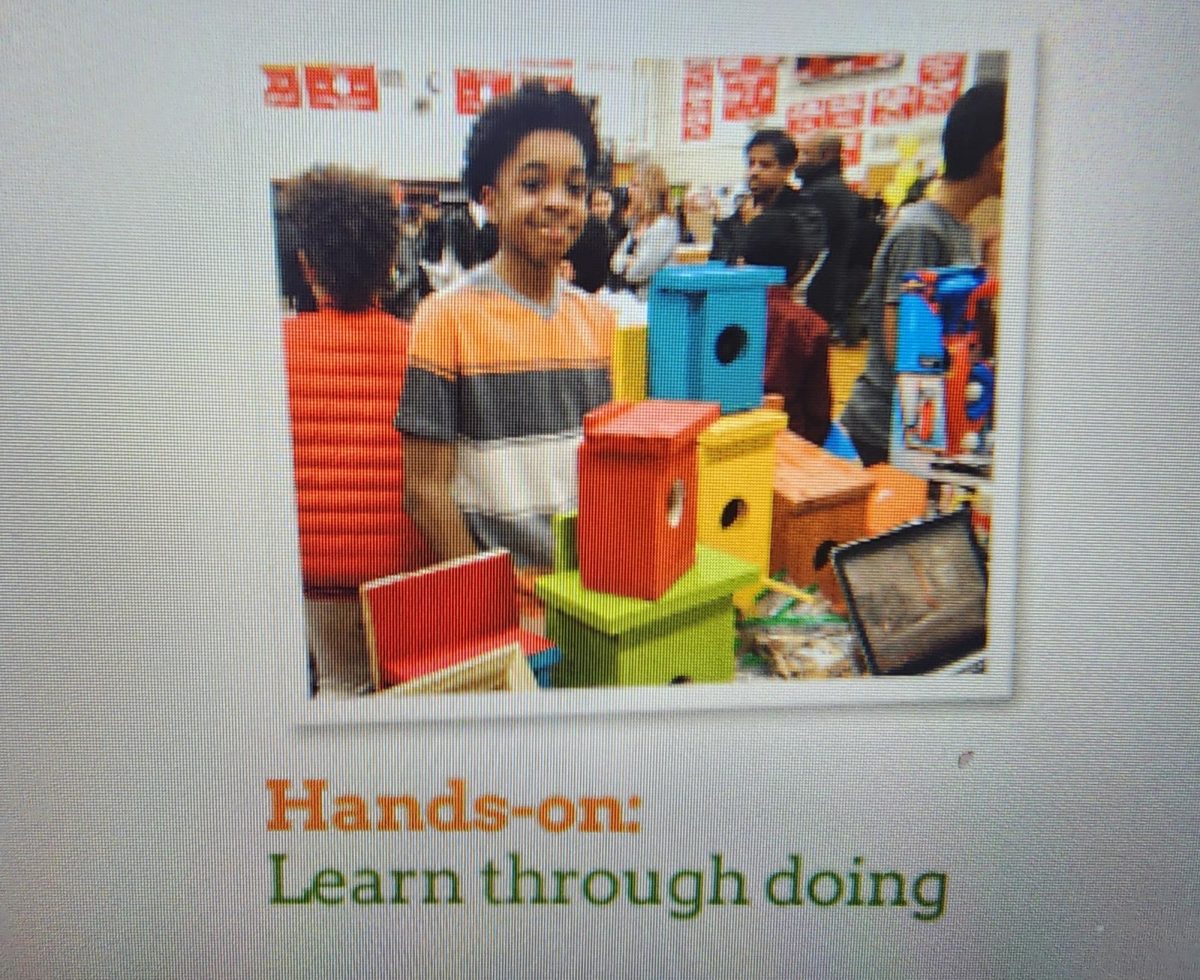
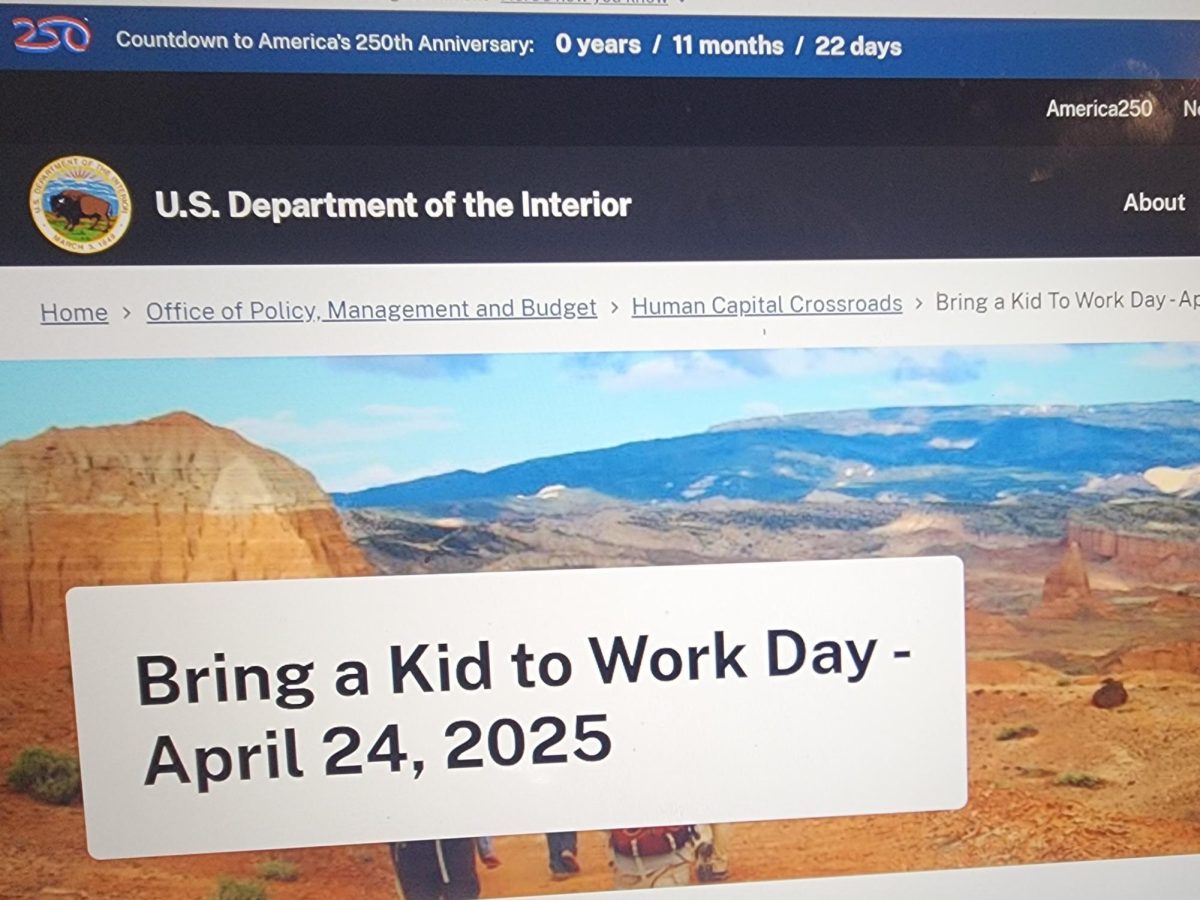
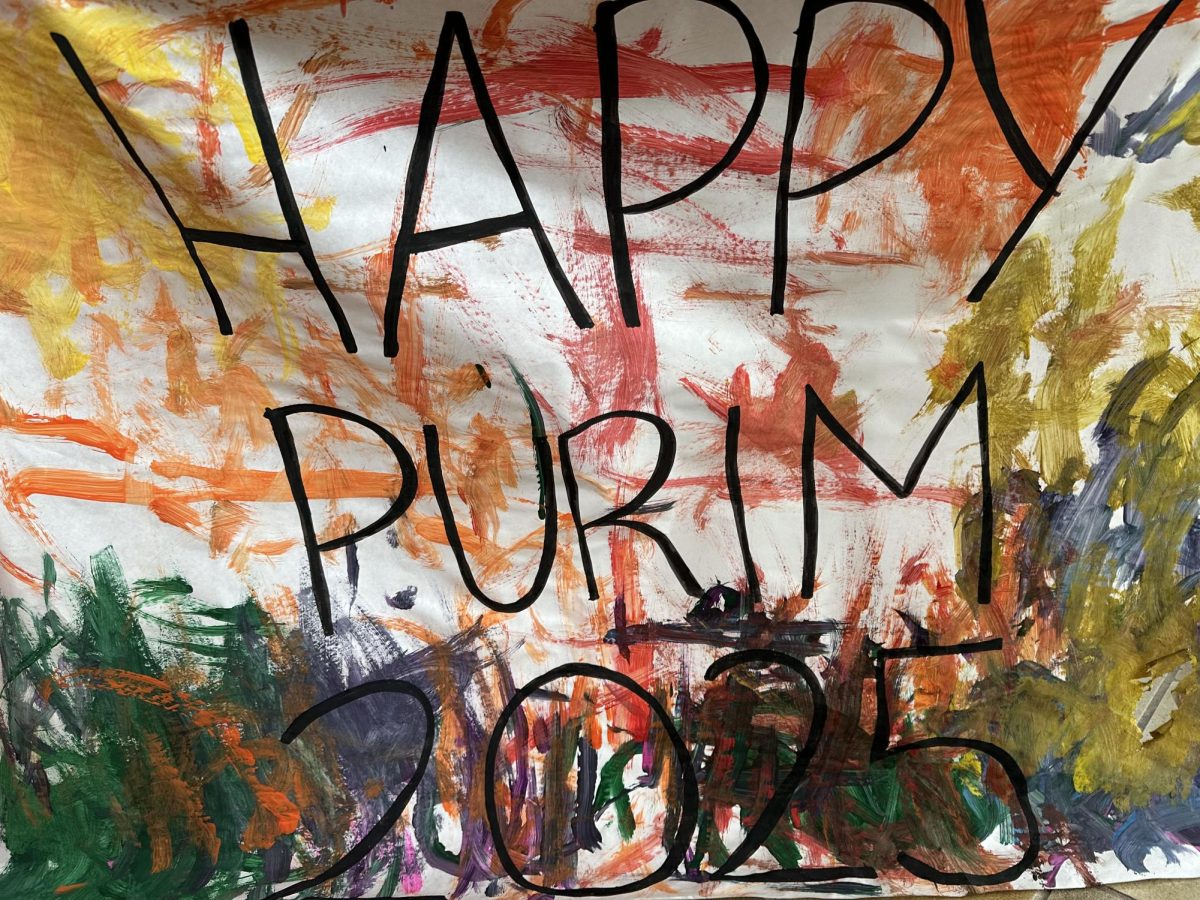
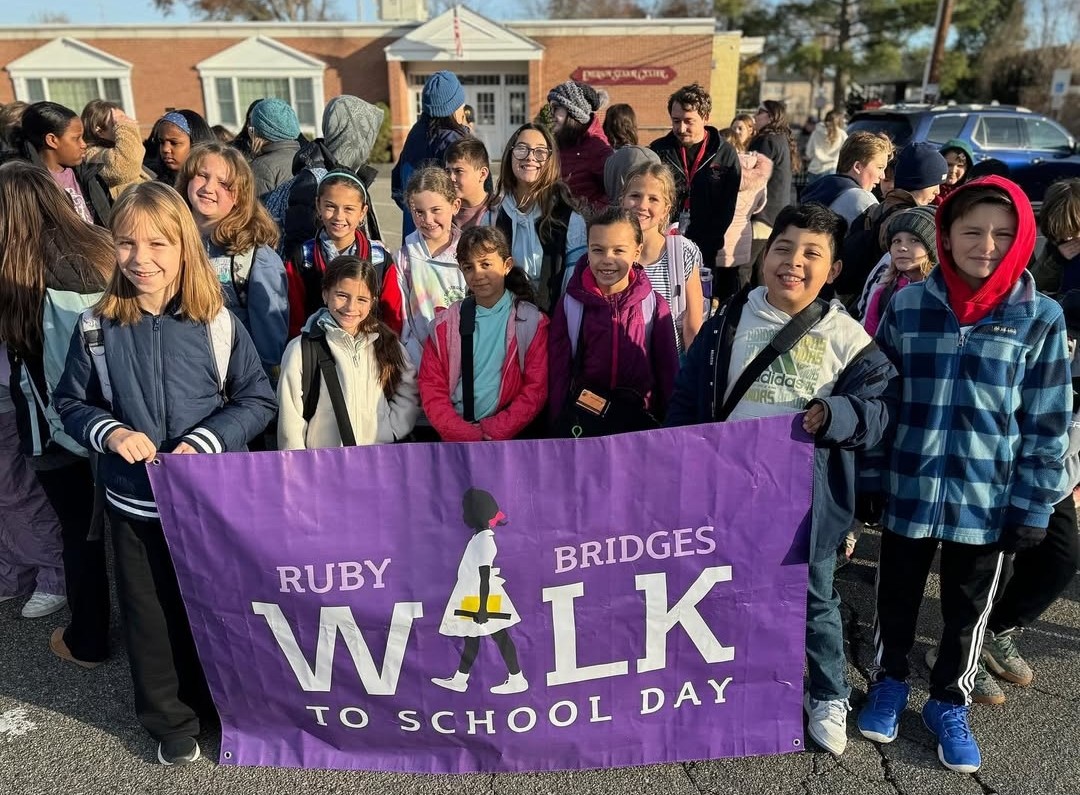
Kristi • Oct 1, 2024 at 8:58 am
We all should protect the bees and save them from getting hurt.
from Kristi Allen